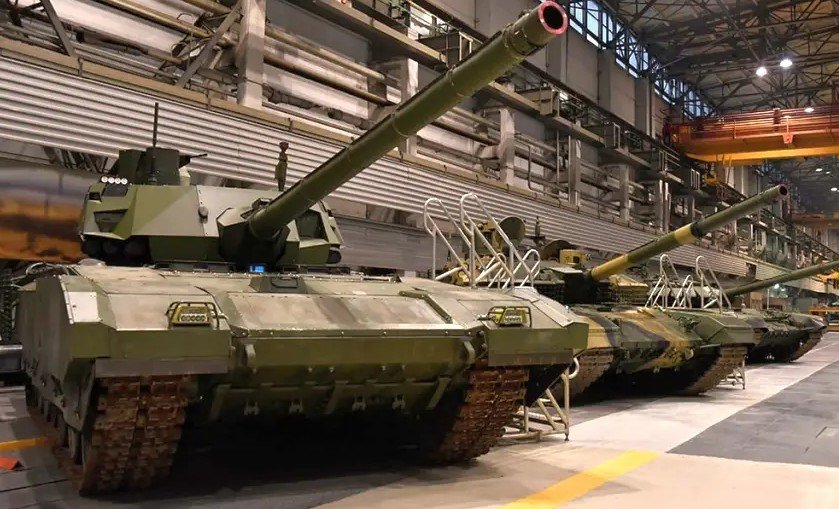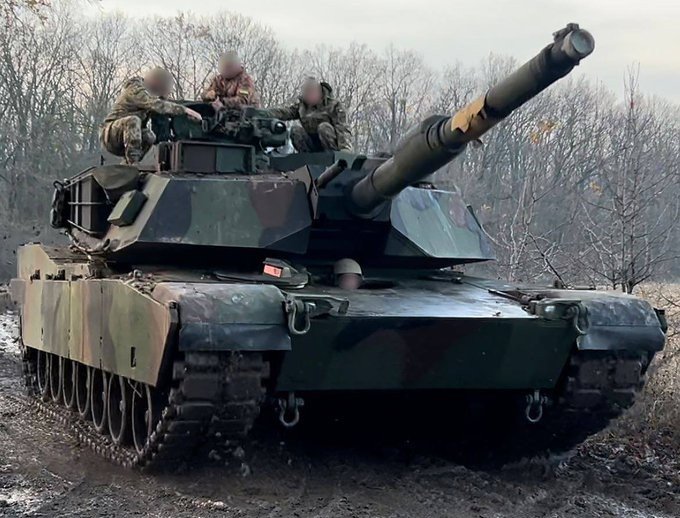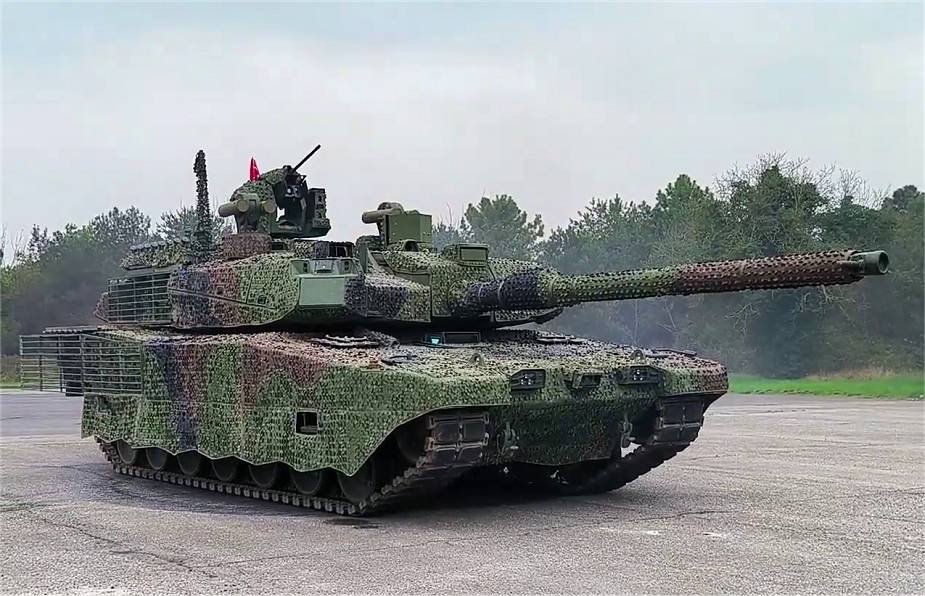
China’s GL-6 Active Protection System: A New Dimension in Tank and Armored Vehicle Defense
China, August 16, 2025 – In modern warfare, where anti-tank guided missiles, rocket-propelled grenades, and drones are becoming increasingly sophisticated threats, active protection systems (APS) are becoming an essential element of armored vehicle protection. In order to strengthen the defense capabilities of its military units, China has developed its own GL-6 system, which aims to effectively neutralize incoming threats before they reach their target. This advanced system has been tested on Chinese tanks and other combat vehicles, and its ability to engage both anti-tank missiles and drone attacks puts it on a par with the world’s competitors in the field of active protection.
In the field of modern military technology, active protection systems (APS) represent a revolutionary approach to the protection of armored vehicles. While traditional methods such as reinforcement or the addition of reactive armor are proving to be less and less effective against modern threats, APS offers an active, fast and effective response to the challenges posed by increasingly sophisticated weapons. Systems such as the Israeli Trophy or Iron Fist are already becoming standard in some armies. However, in recent years, Chinese military technology has been catching up when it comes to protecting its tanks and armored vehicles.
The Chinese GL-6 active protection system is one example of an ambitious attempt to gain technological superiority in the field of defense. This system aims to increase the protection of modern Chinese tanks such as the ZTZ-96 and ZTZ-99 against a wide range of threats.
History and development of active protection systems (APS)
Active protection systems were developed in response to the ever-improving anti-tank weapons, which today include a wide range of anti-tank guided missiles (ATGMs), reactive grenades or drones. In the 1980s, as ATGMs became increasingly effective, it became clear that strong armor alone was not sufficient protection against these new threats. In response to this challenge, technologies began to be developed that allowed the detection and destruction of incoming missiles before they hit their target.
The first significant example of an active protection system is the Israeli Trophy technology, which should be effective in combating modern anti-tank guided missiles. Trophy is implemented on the Israeli Merkava tanks and other types of Western origin. However, in recent years, China has also begun to focus on developing its own APS. This trend was the result of an effort to catch up with Western technologies, but also due to China’s growing ability to innovate and produce highly sophisticated military systems. The Chinese APS GL-6 is a direct result of this orientation towards advanced technology.
Principle of operation of the GL-6: How does the system work?
The GL-6 active protection system was designed to protect tanks and armored vehicles against a wide range of threats that can compromise their safety. Its operation is based on the detection of a threat and an active response to it using explosive shells that destroy the incoming weapon before it hits the target.
The GL-6 is equipped with radars capable of detecting incoming threats, such as anti-tank guided missiles, reactive shells and drones. Once the radar detects an incoming weapon, the system activates grenade launchers located on the turret of the tank or armored vehicle. These grenades are fired in a given direction, which allows them to be effectively destroyed in the air, before reaching the tank.
One of the key elements of the GL-6 system is its ability to respond to attacks from above. In this area, modern tanks have weaker armor, which makes this part of the vehicle highly vulnerable. Top-down attacks, such as the Javelin missile with a tandem warhead, are therefore a major threat to most modern armored vehicles. The GL-6 was designed to be able to intercept even these high angles of attack, which means that the system is universally applicable against all types of threats.

GL-6 System Testing: Results and Challenges
A significant step in verifying the effectiveness of the GL-6 was the tests that were carried out on several types of Chinese tanks, including the ZTZ-96 model. These tests used a variety of threats, including RPG-7 rocket-propelled grenades, which are commonly used in conflicts around the world. Footage from these tests shows that the GL-6 system was able to effectively detect and destroy the RPG-7 before it hit its target.
Further tests showed that the system is also effective against threats coming from drones, which is an ever-growing problem in modern warfare. Kamikaze FPV drones are capable of making precise attacks on tank weaknesses, and if not neutralized in time, they can seriously damage or destroy the tank. The GL-6 has proven to be capable of destroying even this type of threat in a timely manner, giving Chinese tanks excellent protection against the pitfalls of the modern battlefield.
The Importance of GL-6 for the Chinese Army and the International Market
The People’s Liberation Army (PLA) has already begun using GL-6 on its modern ZTZ-99 tanks, which are considered one of the most powerful and advanced versions of Chinese tanks. The GL-6 system is also being tested on new types of armored vehicles, including infantry fighting vehicles that can be dropped from aircraft. This step demonstrates the broad flexibility and adaptability of the system, which can be implemented on various types of military equipment.
Moreover, the GL-6 system is not intended only for domestic use. China also plans to export it to other countries, where it could find application on the VT-4A1 tanks, which is a modern Chinese battle tank. This step demonstrates China’s ambitions to become a global leader in military technology.

The Future of GL-6: Challenges and Potential
While the GL-6 system has proven its effectiveness in tests, its implementation on a wide range of combat vehicles and in real combat conditions will still need to undergo further testing. Given the continuous development of weapons, such as new types of anti-tank missiles and artificial intelligence-controlled drones, it will be necessary for China to continue to invest in the development and improvement of the GL-6 system to remain at the forefront of technological progress.
China’s GL-6 active protection system is an example of advanced military technology that has the ambition not only to protect Chinese tanks, but also to strengthen China’s technological competitiveness on the global stage. With its ability to detect and neutralize a wide range of threats, including missiles, grenades and drones, the GL-6 is shaping up to be a highly effective tool for the modern battlefield. Continued testing and integration into the Chinese military, along with potential for export, means the GL-6 will play a key role in ensuring the defense of Chinese military vehicles in the coming years.


Erik Simon


















